Curious about the kitchen habits that make other food enthusiasts cringe? We've got the scoop on the 12 most unsavory culinary practices out there, and you might be surprised to find that you've been guilty of a few. It's time to level up your kitchen cleanliness and ensure a more hygienic and pleasant cooking experience by bidding farewell to these less-than-appetizing habits.
Not Washing Your Hands

Failing to wash your hands before cooking can transfer dirt and germs to food, and risks making you sick. Proper hand hygiene is essential for safe food preparation, both at home and in restaurant kitchens.
5 Second Rule

Many people follow the "5-second rule" or "3-second rule", which means if you pick up dropped food within five seconds, you're fine to it. However, this habit can lead to ingesting harmful bacteria, as surfaces may not be as clean as we think, and leaving it 3, 5 or 10 seconds really doesn't make a big difference.
One Chopping Board For Everything
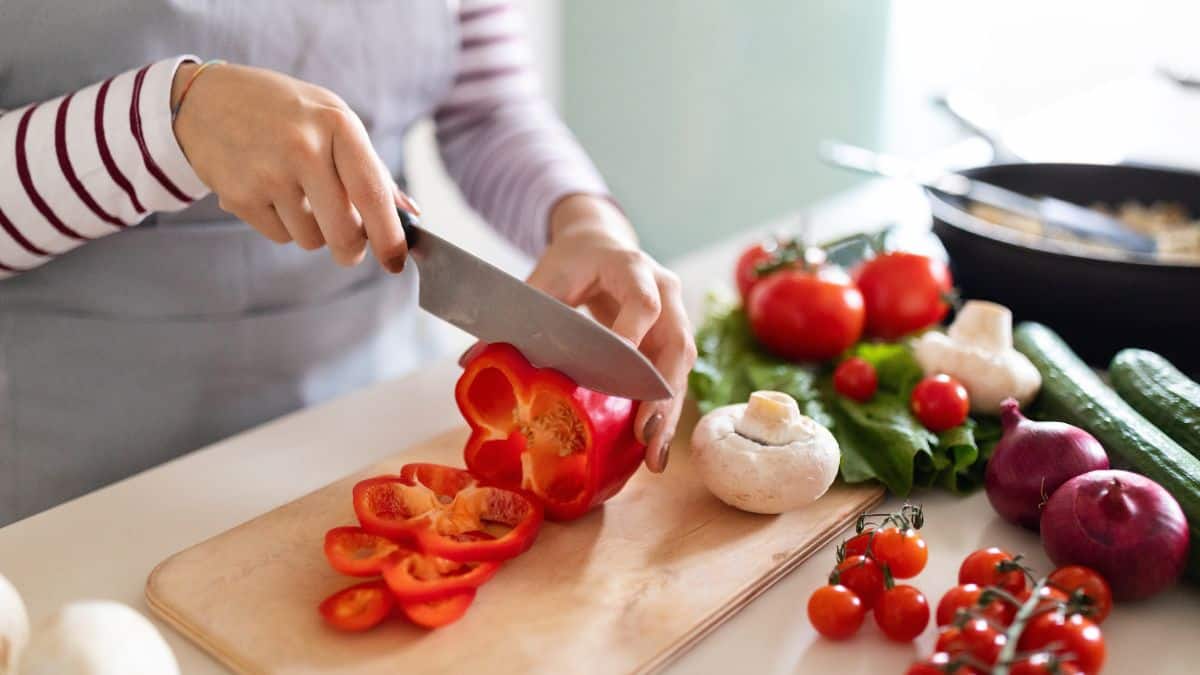
Using a single chopping board for various ingredients, including raw meat and vegetables, can cross-contaminate foods with harmful bacteria. It's best to use separate boards for different food groups, especially foods like chicken that are more likely to carry bacteria that can make you sick.
Leaky Pipes

Leaky pipes might not seem like a big deal, but depending on where you live, it can be a great way to attract pests like roaches. They, in turn, are not just disgusting, but also pose a serious hygiene risk. Regular plumbing maintenance is crucial for a clean kitchen, so don't let the pipes drip drip away forever.
Using The Same Towel For Everything

Some home cooks - and professional chefs! - take to using the same towel for all kitchen tasks, but this poses a significant hygiene risk. Using a single towel for tasks ranging from handling hot pan handles and removing items from the oven to wiping off sweat from one's face, cleaning chicken juice off hands, and sanitizing preparation surfaces is very likely to lead to cross-contamination of harmful bacteria and to compromise food safety. It's essential to use separate towels designated for specific purposes in the kitchen to maintain a clean and safe cooking environment.
Using Old Non-Stick Pans

Over time, the non-stick coating on old pans can deteriorate, potentially releasing harmful chemicals like perfluorooctanoic acid (PFOA) into food. PFOA exposure has been linked to adverse health effects, making it essential to replace old non-stick pans to maintain food safety and health.
Not Defrosting The Freezer

When a freezer is not defrosted regularly, ice and frost accumulate over time, which reduces its efficiency. This can lead to temperature fluctuations inside the freezer, compromising the safety of frozen foods by potentially allowing them to thaw and refreeze, increasing the risk of bacterial growth.
Leaning Tower Of Dishes
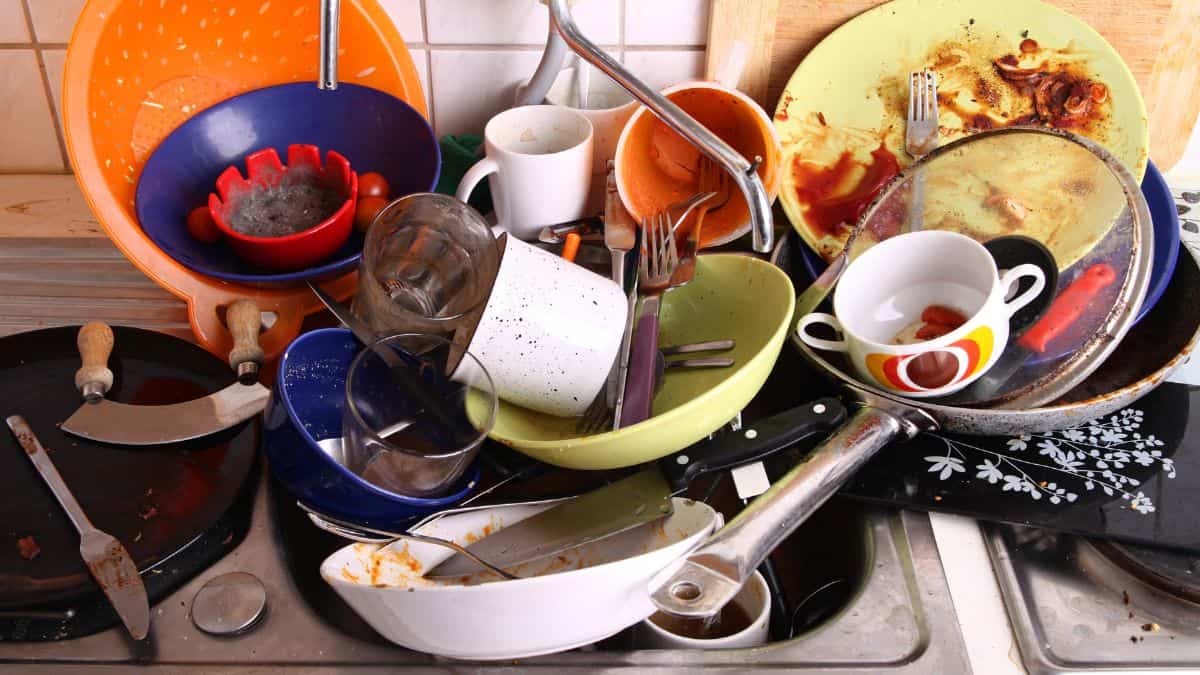
Allowing dirty dishes to accumulate into a towering stack in the sink and on other surfaces not only creates an unsightly mess but also invites pests like cockroaches and rodents into the kitchen. These pests are attracted to the food residue on the dishes, posing both hygiene and health concerns. And how will you even know if they are there, if the sink is full of dishes?!
Not Using The Fan

Neglecting to use the kitchen exhaust fan or range hood while cooking allows cooking odors, grease particles, and smoke to linger in the kitchen. This buildup can result in an unpleasant-smelling kitchen environment and also coat surfaces with a layer of grease, creating an unhygienic setting. Even worse if you have an open floor plan, because then this will not just be contained to your kitchen!
Garlic Skins Everywhere

Leaving garlic skins strewn across countertops and floors not only makes cleanup difficult but also provides pests with great hiding spots. If left unattended, these skins can also become breeding grounds for bacteria and mold, potentially contaminating food preparation surfaces.
Sprouting Potatoes

Storing sprouting or even rotten potatoes in the kitchen poses a health hazard as they produce solanine, a toxic compound. Consumption of solanine-contaminated potatoes can lead to food poisoning symptoms such as nausea and vomiting, making proper potato storage crucial for safety.
Dirty Dish Scrubbers

Using dirty dish scrubbers or sponges to wash dishes can introduce bacteria and pathogens onto supposedly clean plates and utensils, defeating the purpose of washing. This practice can lead to the spread of germs and increase the risk of foodborne illnesses. Always make sure your dish scrubbers and brushes are clean, and throw them in the dishwasher or boil them once in a while to freshen them up.


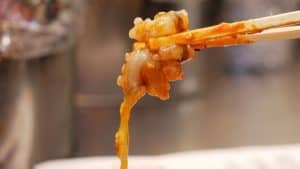

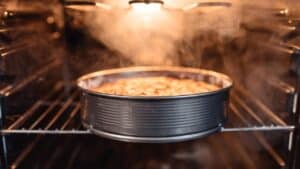
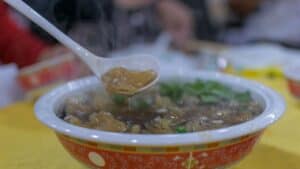
Comments
No Comments